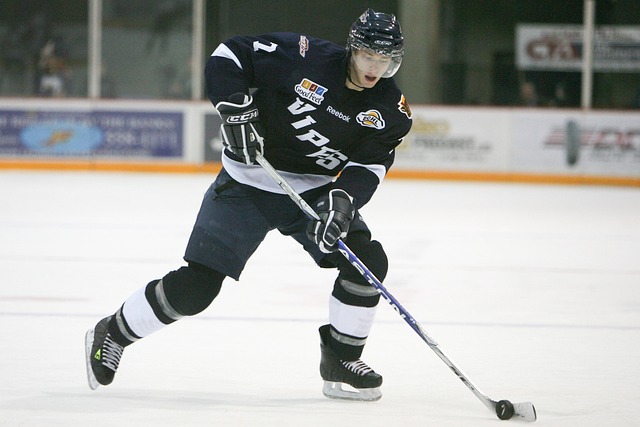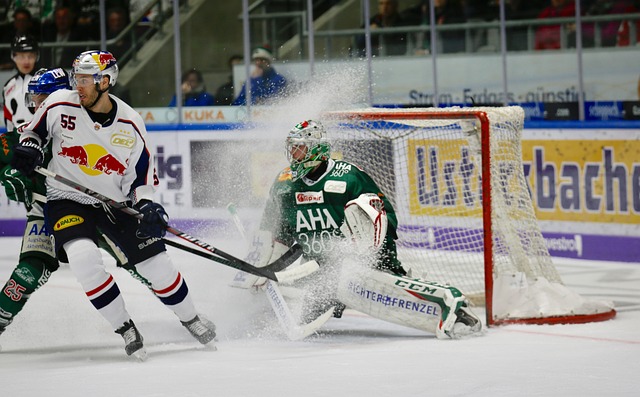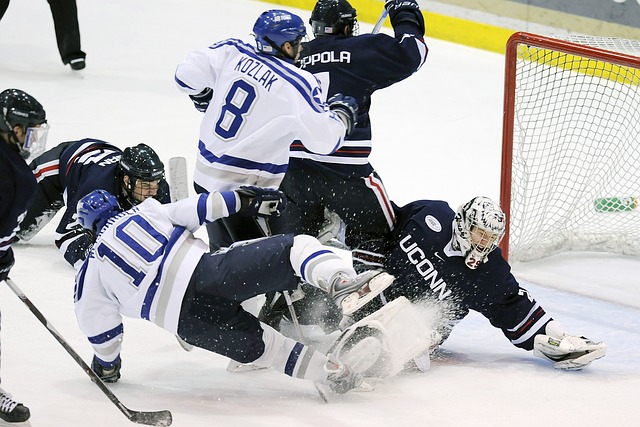Injury labels aren’t just news— they’re prices in disguise. Markets translate “probable,” “questionable,” and “out” into lines and totals, but the mapping is noisy. If you can estimate availability, role, and snap/minute share better than the crowd, you can buy mispriced risk before it closes.
Decode the tag: availability vs. effectiveness
“Probable” often means a player will dress, not that they’ll play full minutes. “Questionable” can carry very different histories by team and coach. Your edge is separating active status from expected workload.
Start with base role: starter, rotation, or specialist. Then apply a health discount to usage and efficiency, not just minutes. A star at 80% with a reduced burst can be worth less than a sixth man at 100% in a clean matchup.
What the tags usually imply
- Probable: Active, small workload risk; ceiling intact unless recurring issue.
- Questionable: Binary risk plus role cut if active; wide error bars.
- Doubtful/Out: Replacement minutes and scheme changes become the story.
From tag to number: building quick deltas

Translate status into point spreads or totals by estimating minute/snap deltas and on/off impact. Use recent on/off splits or yards-per-play with and without the player as a rough prior, then temper for opponent and game state.
Bench depth matters more than the headline. One star out with a strong backup can move a line less than a role player out when depth is thin. Price the chain reaction: who shoots more, who handles, who loses efficiency against tougher assignments.
Tiny reference table
| Situation | Likely Move | Notes |
|---|---|---|
| Star Q → Out | Spread 1–3 pts (sport-dependent) | Total down if offense-centric |
| Defensive anchor Out | Total up 2–4 pts | Fouls, pace, rim/paint vulnerability |
| Probable but limited minutes | Small spread drift | Props/usage reallocated, ceiling capped |
| Depth piece Out (thin bench) | Market slow to react | Second/third units bleed points |
Timing the market: windows that pay
Openers lag medical reality; closers lag coach speak. The best window is often after credible beat reports but before consensus models update. If limits are low early, scale stakes to liquidity and add later if the story holds.
Watch correlated markets for tells. If sides freeze but props move, the market may be pricing usage before minutes; that can leave the spread or total soft. Conversely, a sudden total move without matching props hints at an overreaction you can fade.
Quick workflow
- Write the if/then tree (IN: 30–32 min; LIMITED: 20–24; OUT: 0).
- Assign on/off deltas (team PPP, EPA, net rating).
- Convert to spread/total change; shop for the slowest book.
- Hedge or add in-play only if actual rotation matches your IN/LIMITED nodes.
Props and derivatives: where edges hide

Unders on compromised players price better than sides when the tag says “probable but limited.” Books often flip the switch from DNP to full role too quickly. Target under PRA, receptions, carries, or minutes where the team has a viable plan B.
For teammates, look for clean beneficiaries: backup ball-handlers, secondary receivers, bigs who inherit boards when a glass-eater sits. Avoid splitting exposure across three maybes; pick the clearest role jump and size one ticket well.
Pre-bet checklist
- Tag understood: availability ≠ effectiveness.
- Role tree built with minutes and usage ranges.
- On/off or substitution plan identified (one clear beneficiary).
- Number shopped; correlation with total/pace checked.
- Exit plan if rotation contradicts your node.
Coach and team tendencies: context beats labels
Some coaches auto-cap minutes first game back; others green-light stars if conditioning looks fine. Track team-specific patterns: who plays through “probable,” who sits late in blowouts, who gets precautionary pulls on back-to-backs.
In football, “questionable” skill players on limited Fridays often run decoy routes; in basketball, soft-tissue returns usually mean shorter bursts and fewer back-to-backs. Adjust not just for minutes, but for type of injury—ankle equals burst loss; hand equals touch and handle risk.
